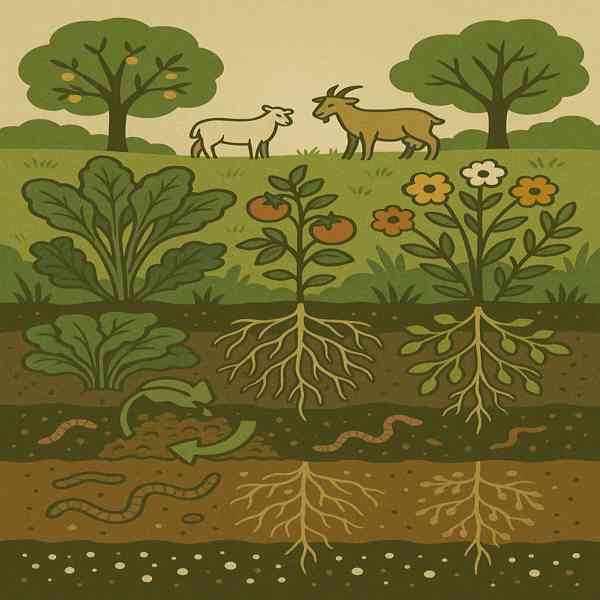How Agriculture and Forestry Drive Environmental Sustainability
How Agriculture and Forestry Drive Environmental Sustainability
Blog Article

While agriculture focuses on cultivating crops and raising livestock, forestry involves managing and conserving forests.
As technology and sustainability become more necessary, both agriculture and forestry are evolving to increase productivity.
Understanding Agriculture
It has been the lifeblood of human civilization for thousands of years.
Core practices in the industry:
- Growing plants for food and materials
- Animal husbandry
- Maximizing land productivity
- Using eco-friendly methods
Modern agriculture aims to increase yield through efficient practices.
What Is Forestry?
It includes activities such as timber production to maintain biodiversity and ecosystem health.
Core aspects of sustainable forestry:
- Managing forest growth and health
- Preserving ecosystems and wildlife
- Logging for wood and paper products
- Improving urban air quality
Responsible forestry practices help maintain ecological balance.
How to Be Eco-Friendly in These Sectors
Sustainability in agriculture and forestry is non-negotiable as environmental issues become more prominent.
Environmentally friendly strategies:
- Reducing soil disturbance
- Building resilient agricultural systems
- Selective logging
- Planting trees to restore forests
By embracing these practices, farmers and click here foresters can secure long-term viability.
Challenges in Agriculture and Forestry
Despite their importance, both agriculture and forestry face ongoing problems related to climate change, resource depletion, and policy shifts.
Key issues in the sector:
- Soil degradation
- Droughts and irrigation challenges
- Impacting wildlife and carbon storage
- Market volatility and economic pressures
Addressing these challenges requires government support.
How Innovation Is Changing the Industry
Digital tools, data analytics, and automation are reshaping traditional methods.
Technological advancements include:
- Using GPS and data for targeted agriculture
- Monitoring crop health and forest cover
- Creating more resilient plant varieties
- Smarter resource allocation
Integrating technology ensures that both agriculture and forestry keep pace with global demands.
Conclusion
Whether focused on conservation or commercial use, both sectors play an irreplaceable part in the global ecosystem.
By doing so, agriculture and forestry can continue to enhance environmental resilience.
Report this page